I was reading lately that this species is on the decline. I think it is the marsh fritillary. – Denis Quinn, Killata, Co Mayo
Yes, the marsh fritillary is widespread but its marshy habitat is under pressure and is included in annex II of the European habitats directive. The habitat must be managed in accordance with the needs of the species.
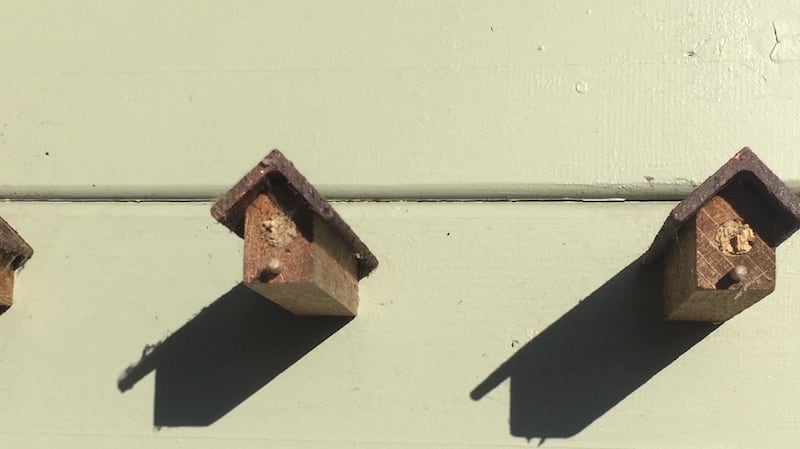
For the first time, the three bee houses on our garden shed have been occupied. – Don Comiskey, Delgany, Co Wicklow
They are likely to be either mason or leaf-cutter bees.
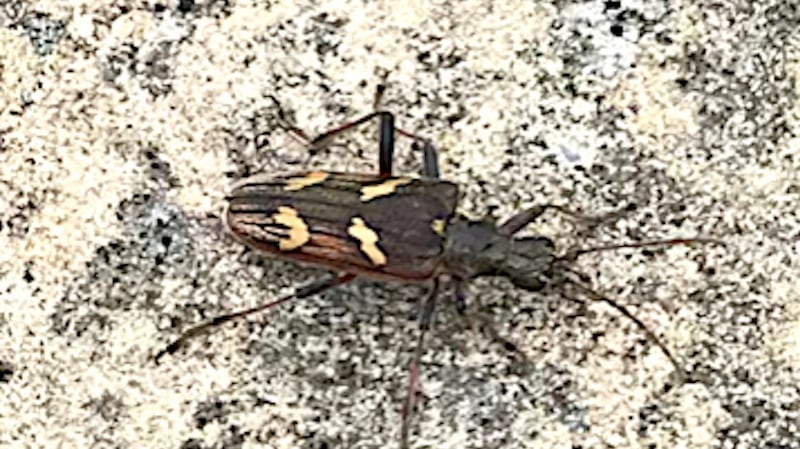
We found this insect on Slieve Bloom at the end of May. – Rosalie Prendergast, Graiguenamanagh, Co Kilkenny
It is the two-banded longhorn beetle. It is usually seen on flowers but breeds on dead trees.
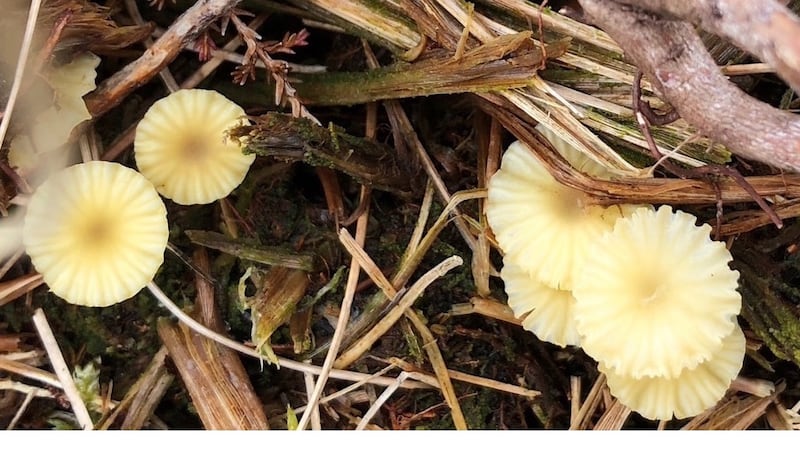
We saw this plant or mushroom when walking on the Paps on the Cork/Kerry border. – Nora Hayes, Dunmanway, Co Cork
The mycologist Dr Kieran Connolly identified it as heath navel, Lichenomphalia umbellifera. It is rare.
The Pholcus phalangioides spiders in my shed spin themselves in defence if their webs are touched. I watched one make 260 fast revolutions. – Susan Flynn, Ballybrack, Co Dublin
The long-bodied cellar spider is noted for its gyrations.
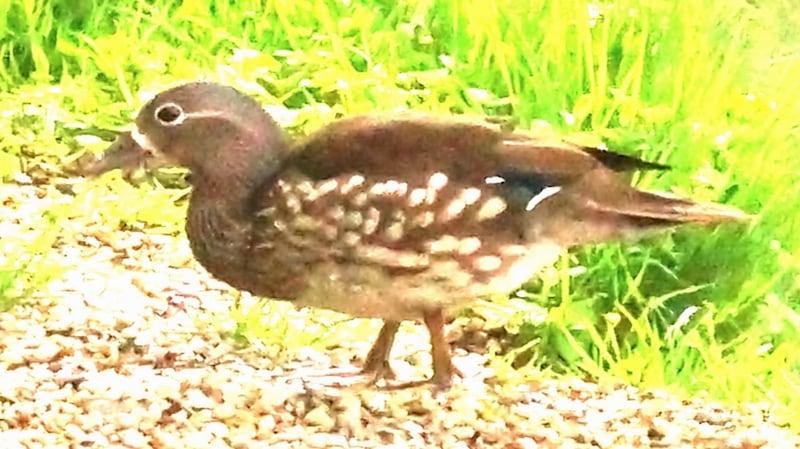
I saw this duck at Johnstown Castle in Co Wexford. Mallards and a few mandarins were the only other ducks present. – Stephen Butler, Palmerstown, Dublin
It is the female mandarin duck.
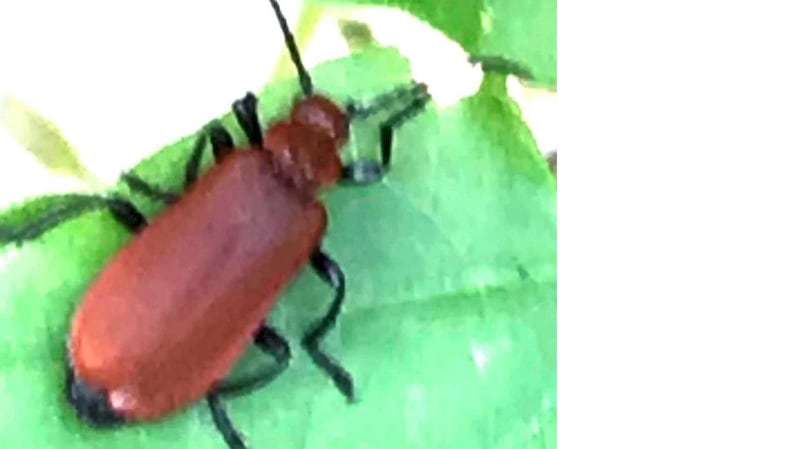
I photographed this beautiful little beetle sipping my husband's gin and tonic. – Philomena Grant, Derry
It is the red-headed cardinal beetle. Rosalie Prendergast also sent a photo of one which she feared was feeding on her wisteria. Cardinal beetles sun themselves on plants but breed in the bark of trees and are carnivorous.
Ethna Viney welcomes observations and photographs at Thallabawn, Louisburgh, Co Mayo, F28 F978, or by email at viney@anu.ie. Please include a postal address








